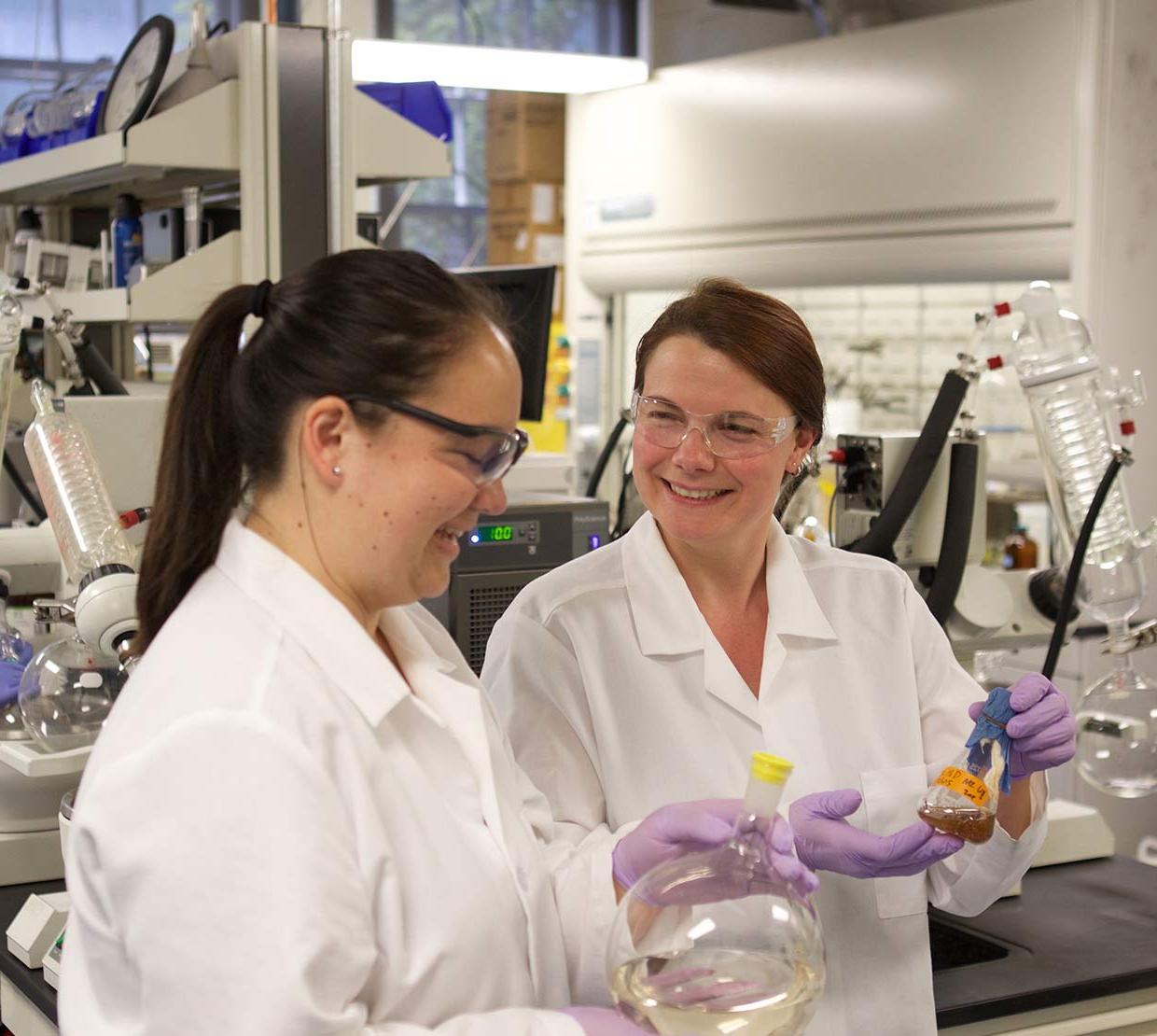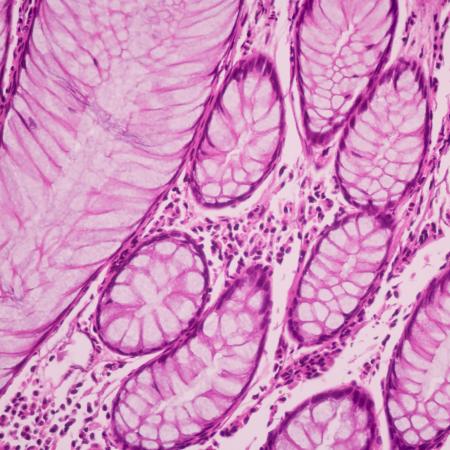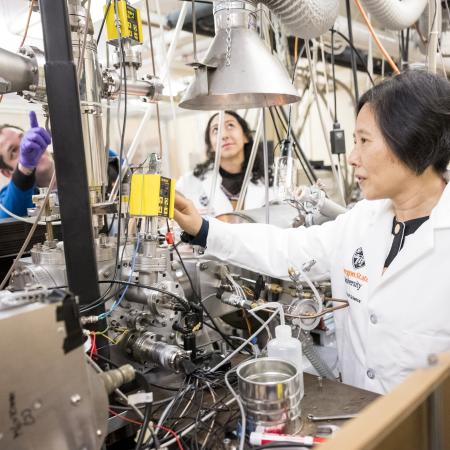A type of soil-dwelling bacterium produces molecules that induce death in melanoma cells, according to research by chemist Sandra Loesgen. The molecule, a natural product of the bacteria Streptomyces bottropensis, is important because there are not many therapies that effectively manage melanoma, the most dangerous form of skin cancer, which in the U.S. alone causes more than 80,000 new cases and 9,000 fatalities a year.
Loesgen and her team, including scholar Terence Bradshaw, postdoctoral scholar Birte Plitzko and graduate student Elizabeth Kaweesa, found that the molecule, mensacarcin, goes after melanoma cells’ mitochondria – the part of a cell that creates most of the energy needed for life.
Their discovery contributes to a promising area of biomedical research. Mitochondria, which play a key role in cell death signaling, have emerged as a potential target for therapy because cancer cell mitochondria are structurally and functionally different from mitochondria of non-cancerous cells.
“Mensacarcin has potent anticancer activity, with selectivity against melanoma cells,” Loesgen said. “It shows powerful anti-proliferative effects in all tested cancer cell lines in the U.S. Cancer Institute’s cell line panel, but inhibition of cell growth is accompanied by fast progression into cell death in only a small number of cell lines, such as melanoma cells.”




